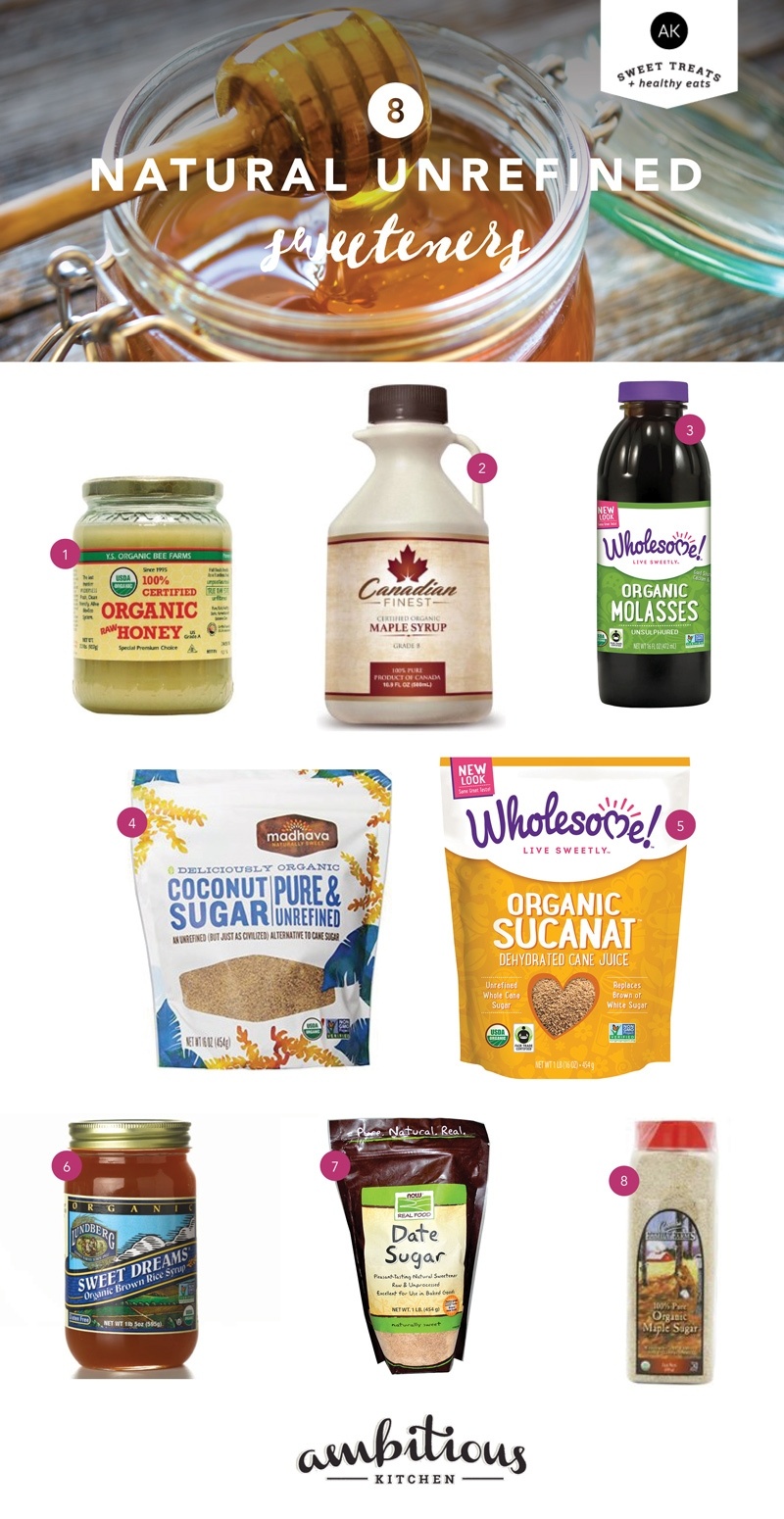Unrefined Sugar: The Natural Alternative for Healthier Living
List of Pertinent Information about Unrefined Sugar:
– Unrefined sugar is derived from sugarcane and includes dry sweeteners and liquids such as syrups and molasses.
– There are nearly forty types of sugar that come from sugarcane.
– Sugar mills produce unrefined and raw sugars directly from freshly harvested cane.
– Unrefined sugar is the least refined and retains most of the original cane molasses.
– Traditional brown sugars and those produced by a sophisticated drying method are considered unrefined sugars.
– Unrefined sugars typically do not undergo centrifugation to separate sugar crystals from molasses.
– Unrefined sweeteners are produced in small batches using traditional techniques in sugar mills worldwide.
– Examples of unrefined sugars include muscovado, piloncillo, jaggery, panela, kokuto, rapadura, and rock sugar.
– Unrefined sugars have a strong flavor and dark brown color, containing around 90% sucrose and 5% invert sugar.
– Sucanat and “whole cane sugar” are unrefined sugars produced by a patented drying process.
– Unrefined sugars are different from refined sugars and raw sugars in terms of taste and color.
– Refined sugars undergo multiple crystallization processes to remove most of the molasses and impurities.
– Organic white sugar does not exist in the United States due to the use of synthetic chemicals.
– Cane sugars are not a significant source of nutrients except for cane molasses.
– Raw and unrefined sugars have slightly more nutrients compared to refined sugars, but the amount per serving is minimal.
– Consuming large amounts of unrefined sweeteners is necessary to meet daily micronutrient requirements.
– Unrefined sugars are denser in calories and sugar content, outweighing the advantages of antioxidants, vitamins, and minerals.
– All cane sugars are blends of sugars and water, with sucrose being the main component.
– Dry sweeteners are over 95% sugar and provide about 15 calories per teaspoon, while liquid forms are over 50% sugar and provide approximately 20 calories per teaspoon.
– All cane sugars are easily digestible and quickly absorbed into the bloodstream.
– The glycemic index (GI) of refined, raw, and unrefined cane sugars is similar, ranging from 60 to 68.
– Unrefined and raw sugars offer a unique taste and aroma compared to table sugar.
– Unrefined sugars have a more robust lingering molasses flavor, while raw sugars have a delicate molasses taste and aroma.
– Small amounts of unrefined sugars can enhance the flavor of baked goods, but larger amounts may affect how they rise.
– Unrefined sugars, such as muscovado sugars, raw sugars, and demerara sugars, can be used as substitutes for regular refined brown sugars in many recipes.
– Grinding and sifting unrefined sugars before use and adjusting liquid content in recipes may be necessary.
– Unrefined sugars, such as turbinado, demerara, and muscovado sugars, offer a unique taste, aroma, and guilt-free enjoyment.
– Unrefined sugars are produced in cane-growing countries, and sugar mills are located close to cane plantations for processing.
– The refining process for unrefined sugars varies among manufacturers and involves collecting cane juice, clarifying it, and boiling off its water.
